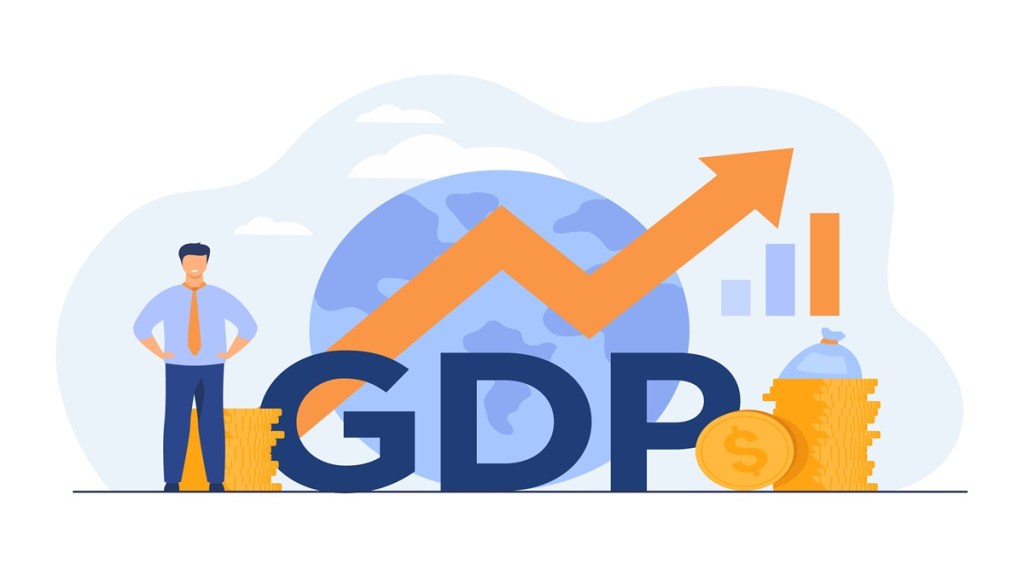The Asian Development Bank (ADB) retained India’s growth forecast for the current fiscal year at 7%, citing improved agricultural output and increased government spending as key drivers of economic activity.
In its September update of the Asian Development Outlook (ADO), the ADB noted that exports are expected to surpass earlier projections, particularly due to a rise in services exports. However, growth in merchandise exports is anticipated to remain subdued in the upcoming fiscal year.
“GDP growth is expected at 7 per cent in fiscal year 2024 (FY2024, ending 31 March 2025) and 7.2 per cent in FY2025, both as forecast in ADO April 2024,” the ADB stated, affirming that India’s growth outlook remains robust. The Indian economy recorded an impressive growth rate of 8.2% in the previous fiscal year (2023-24), while the Reserve Bank of India projects a growth rate of 7.2% for the current fiscal.
Although GDP growth slowed to 6.7% in the first quarter (April-June) of FY2024, an acceleration is expected in the coming quarters, thanks to improvements in agriculture and a generally strong outlook for the industry and services sectors.
“India’s economy has shown remarkable resilience in the face of global geopolitical challenges and is poised for steady growth,” said ADB Country Director for India Mio Oka. He added, “Agricultural improvements will enhance rural spending, which will complement the effects of robust performance of the industry and services sectors.”
The report highlighted that an above-average monsoon across many regions is likely to boost agricultural growth, further enhancing the rural economy in FY2024. Private consumption is expected to rise, driven by stronger rural consumption alongside already robust urban demand. While the outlook for private investment remains positive, growth in public capital expenditure is expected to moderate in FY2025.
Efforts toward fiscal consolidation are anticipated to reduce the fiscal deficit to levels not seen since before the COVID-19 pandemic, reflecting strong revenue collection and restrained current spending. The ADB projected that the central government debt will decrease from 58.2% of GDP in 2023-24 to 56.8% in 2024-25, with the overall government deficit expected to fall below 8% of GDP this fiscal year.
A recent policy announcement regarding employment-linked incentives for workers and firms may boost labor demand and support job creation starting in FY2025, the report noted. The Budget for 2024-25 includes three such schemes with an allocation of ₹2 lakh crore for their implementation.
“Growth slowed year-on-year (yoy) in the first quarter (Q1) of FY2024 but is expected to rise in the coming months on improved agricultural performance and higher government spending. Industry and services are expected to continue performing robustly,” the ADB stated.
While elevated food prices may result in higher inflation this fiscal year than previously anticipated, inflation is projected to moderate in the following fiscal year. The ADB expects consumer inflation to reach 4.7% this fiscal due to persistent food prices, which has constrained the central bank from adopting a more accommodative monetary policy. “If improved agricultural supply leads to moderating food price increases, the central bank may begin lowering policy rates in FY2024 (2024-25), enhancing prospects for credit expansion,” it said.
The current account deficit is projected to remain moderate, supported by strong service exports and remittance inflows. The ADB forecasts India’s current account deficit to be 1% of GDP this fiscal and 1.2% in the next, down from the previous estimate of 1.7% for both years, due to better export performance, lower imports, and robust remittance inflows.
“Near-term growth risks include geopolitical shocks that could disrupt global supply chains and commodity prices, as well as weather-related risks to agricultural output. The outlook is based on the central government achieving its capital expenditure target in FY2024,” the ADB concluded.
The ADB also noted that growth in developing Asia remained strong during the first half of 2024, bolstered by domestic demand and a continued recovery in exports. The growth forecast for developing Asia has been slightly revised upward to 5% for 2024 from 4.9% in April.
However, risks remain from rising protectionism, especially depending on the outcome of the upcoming presidential election in the United States, which could negatively impact developing Asia. Additional risks to the outlook include escalating geopolitical tensions, a downturn in China’s property market, and adverse weather conditions.
(With PTI inputs)

